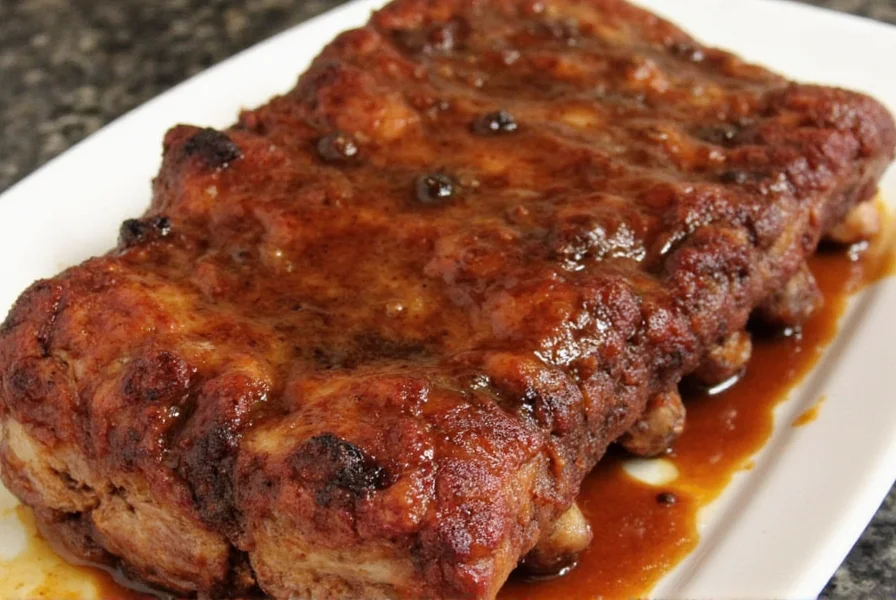| Ingredient | Role |
|---|---|
| Cumin | The backbone of most Mexican spice blends; earthy, smoky flavor |
| Paprika | Adds color and mild sweetness |
| Garlic Powder | Umami boost, because everything loves garlic |
| Onion Powder | More savory depth |
| Oregano | Herby lift that complements cumin beautifully |
| Chili Powder | Spice factor! Can vary by brand |
| Salt | Flavor enhancer — duh! |
The standard recommendation is 1 taco seasoning packet per 1 pound of cooked meat. This ratio is confirmed by the USDA Food Safety and Inspection Service and major food brands including Old El Paso, McCormick, and La Costeña. Using this proportion ensures balanced flavor without overpowering your dish.
According to the USDA, the ideal spice-to-meat ratio for ground beef is approximately 1 ounce of seasoning per pound. This aligns with industry standards for commercial and home cooking applications.
Why This Ratio Matters
Using too little seasoning results in bland tacos, while too much creates an overly salty or spicy dish. The 1:1 packet-to-pound ratio provides the perfect balance of flavors while considering:
- Protein absorption capacity
- Salt content in commercial blends
- Standard cooking practices for ground meat
Brand Variations Explained
| Brand | Packet Size | Recommended Use | Notes |
|---|---|---|---|
| Old El Paso | 1 oz (2 tbsp) | 1 packet per 1 lb meat | Mild to medium heat level |
| McCormick | 1 oz | 1 packet per 1 lb meat | |
| La Costeña | 1 oz | 1 packet per 1 lb meat | Uses chili powder for deeper, spicier kick |
| Trader Joe's Organic | 1.5 oz | Adjust based on preference | Thicker due to added masa harina; less salt |
Most brands follow the 1:1 ratio, but some organic or specialty brands may have different concentrations. Always check your specific brand's instructions.
DIY Taco Seasoning Formula
For complete control over your seasoning, create your own blend using this professional formula per pound of meat:
- 1 tsp cumin
- ½ tsp paprika
- ½ tsp garlic powder
- ½ tsp onion powder
- ½ tsp dried oregano
- ½ tsp chili powder
- ½ tsp salt (adjust to taste)
This homemade version matches commercial standards while allowing customization for dietary needs. Nutritionists recommend this approach for controlling sodium intake.
Spice Storage Best Practices

To maintain freshness and potency:
- Store in air-tight glass or plastic jars
- Keep away from heat sources and direct sunlight
- Label all containers clearly
- Perform a smell test every 6 months
Frequently Asked Questions
How many taco seasoning packets should I use per pound of meat?
The standard recommendation is 1 taco seasoning packet (approximately 1 ounce or 2 tablespoons) per 1 pound of cooked ground meat. This ratio is confirmed by the USDA and major food brands for balanced flavor.
Can I use less taco seasoning if I want a milder flavor?
Yes, but start with ¾ of a packet per pound. You can always add more after tasting, but you cannot remove excess seasoning once mixed. For children or sensitive palates, consider using a mild brand like Old El Paso Original.
What happens if I use too much taco seasoning?
Excessive seasoning can make your dish overly salty, spicy, or bitter. If this happens, add more meat or complementary ingredients like beans or diced tomatoes to dilute the flavor. Adding a small amount of sugar or acid (like lime juice) can also help balance excessive spice.
Do I need to add water when using taco seasoning packets?
Most store-bought packets require adding about ⅓ cup of water to help the seasoning adhere to the meat and create a saucy texture. Check your specific packet instructions, as requirements may vary by brand. For homemade blends, add water to prevent burning and create a cohesive mixture.
Can I use taco seasoning for dishes other than tacos?
Yes! Taco seasoning works great in chili, on roasted vegetables, mixed into meatloaf, sprinkled on popcorn, or as a rub for grilled chicken or fish. Its versatile flavor profile enhances many dishes beyond traditional tacos.
| Product | Size | Key Features | Best For |
|---|---|---|---|
| Old El Paso Original | 1 oz pack | Mild, family-friendly, consistent flavor | Everyday tacos, beginner cooks |
| McCormick Gourmet | 1 oz pack | High-quality herbs, more aromatic | Chefs who want a refined base |
| La Costeña Especial | 1 oz pack | Spicy, rich, with chipotle undertones | Heat lovers, authentic flavor seekers |
| Trader Joe's Organic | 1.5 oz pack | Organic, gluten-free, earthy notes | Vegans, health-focused cooks |
| Spice Hunter Organic | 1 oz pack | Non-GMO, hand-blended spices | Eco-conscious consumers |
Conclusion
Mastering the 1 packet per pound ratio ensures perfectly seasoned tacos every time. Remember to:
- Start with the standard 1:1 ratio
- Adjust based on your specific brand and taste preferences
- Consider dietary needs when choosing commercial or homemade blends
For the most reliable results, follow USDA guidelines and trusted brand recommendations. Happy taco making!










 浙公网安备
33010002000092号
浙公网安备
33010002000092号 浙B2-20120091-4
浙B2-20120091-4